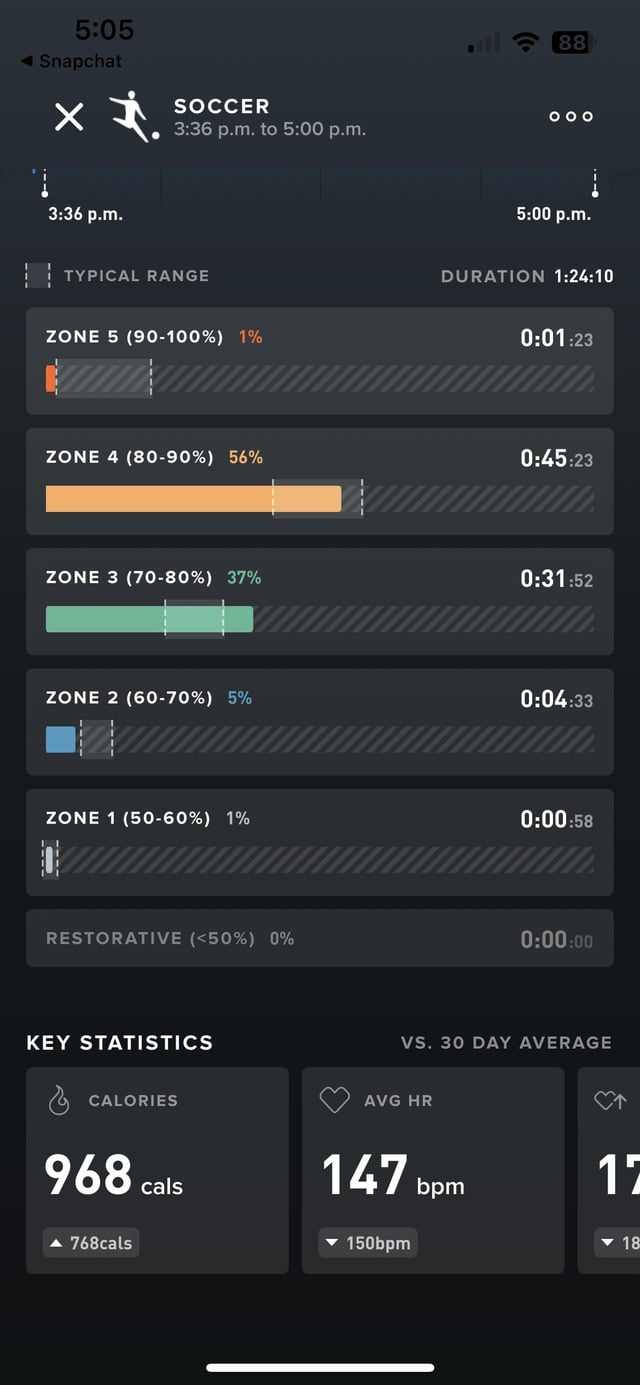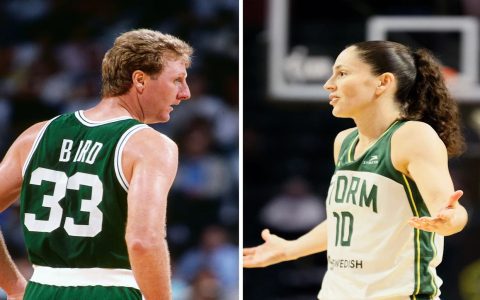Soccer training calorie burn varies per session due to individual and environmental factors. Direct estimations depend on variables like player weight and intensity.
Key Factors Influencing Calorie Expenditure
- Body Weight: Higher mass increases energy burn; e.g., a 65 kg player burns less than an 85 kg peer in identical sessions.
- Session Intensity and Type: High-paced drills, sprints, or full-game simulations amplify calorie expenditure compared to skill-based or light recovery activities.
- Duration: A standard 60-90 minute session burns proportionally more; most elite trainings last 75-90 minutes.
- Player Attributes: Position (midfielders and forwards expend more than goalkeepers), age, gender, and fitness level affect metabolic rates.
Estimated Calorie Burn Per Session
Based on metabolic equivalent (MET) ranges of 7-12 for soccer training, an average adult player (70-80 kg body weight) can expect:
- Light Session (e.g., technical drills, 60 minutes): 500-700 calories
- Moderate Session (e.g., aerobic conditioning, 90 minutes): 700-900 calories
- Intensive Session (e.g., interval training or scrimmages, 90+ minutes): 900-1200+ calories
Youth or female players often burn 10-20% less under similar conditions due to physiological differences.

Practical Calculation Methods
Use the formula: Calories Burned = MET × Weight (kg) × Time (hours). Assign MET based on intensity—e.g., MET 8 for light effort, MET 10 for vigorous work. Example: a 75 kg player in a 1.5-hour high-intensity session (MET 10) burns 1125 calories (10 × 75 × 1.5). Track with wearable devices or apps for personalized accuracy.
Adjust intake and hydration to match expenditure for optimal training outcomes.








